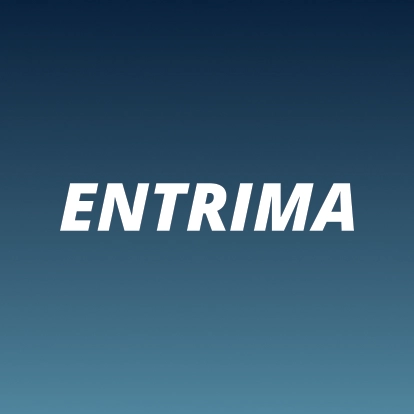Commodities themselves can also be classified. As always, classifications can be made in various ways. Quite commonly, a split is made between hard and soft commodities. Soft commodities can be grown, and include therefore agricultural and tropical products, such as coffee, cacao, soybeans, wheat and potatoes. Hard commodities concern products that can be mined, such as, for example, metals and coal.
At more detailed level, subclasses can be identified. Metals can be split into precious and non-precious metals. An alternative classification concerns industrial and non-industrial metals, or ferrous versus non-ferrous metals. Analogously, the category ‘energy’ could be considered as a bundle of fossil fuels and electricity. Fossil fuels can be split into oil, gas and coal. In its turn, oil could be considered the overall name of crude and refinery products, such as gasoline, diesel, kerosene and heating oil. Analogously, natural gas includes, next to methane, possibly also ethane, propane and butane. Coal is part of a group of products at different stages of a cycle. Amongst it are peat, lignite, sub-bituminous coal, bituminous coal, anthracite and graphite.
A commodity can be seen as a generic term for any marketable item produced to satisfy customer needs. The exact definition of commodities cannot be provided, as there is no one-off definition. In general, the features of commodities can be described in many respects. Amongst others, commodity prices are based on the market interaction between supply and demand, and thus not by a cost-plus-margin method by the producer. In addition, specifications of the products are standardised so that quality differentials are no longer applicable for that specific commodity, leading to all suppliers of the same commodity delivering similar quality. Furthermore, typically, commodities are traded in large volume. Next, the products are delivered physically and they can be stored and kept at inventory.
